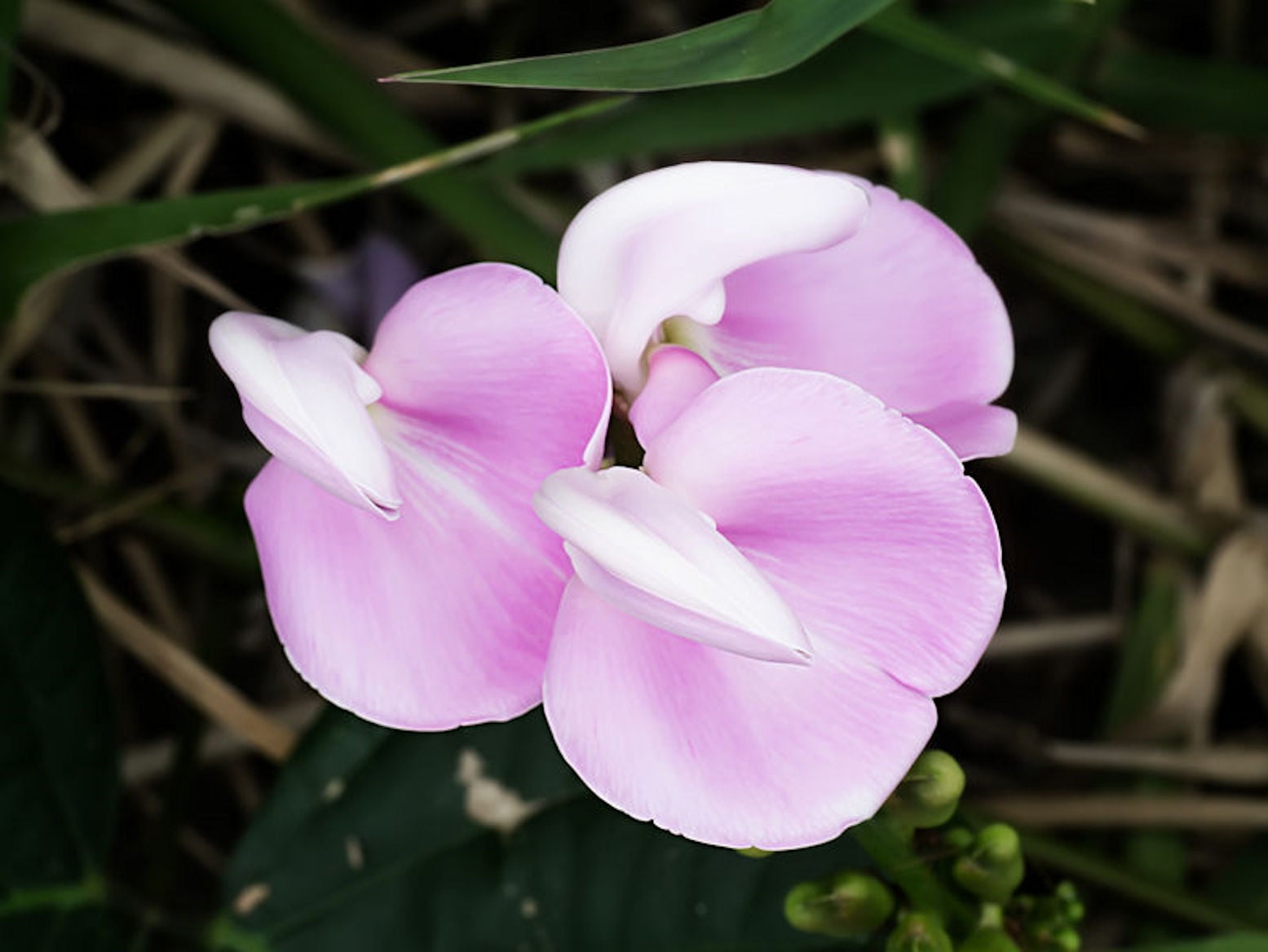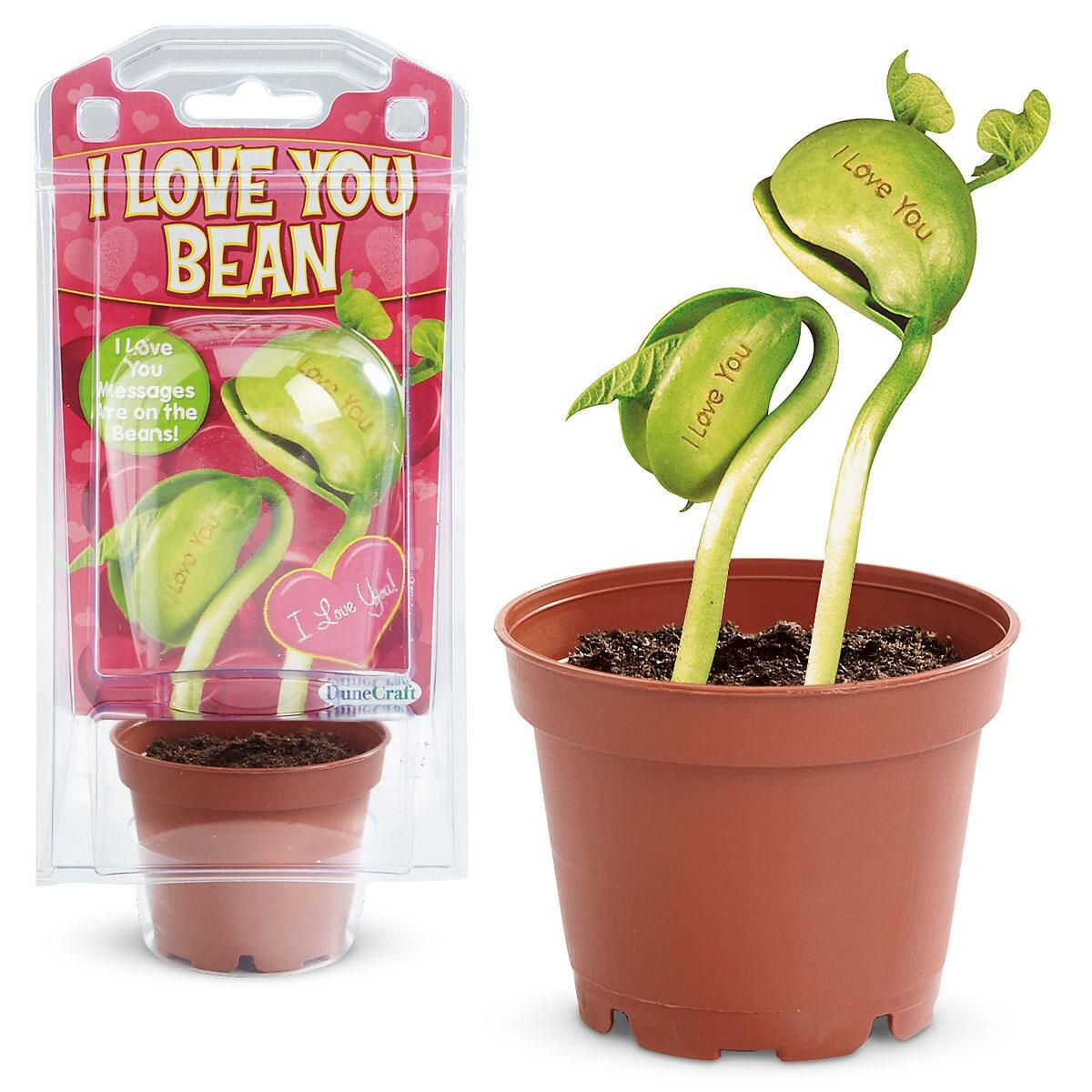

Specifically, saints’ days are invoked here – March 1 st and 2 nd and the 21 st, St Benedick’s Day. You must plant kidney beans, if you mean to have any. Plant kidney beans, if to plant ‘em you’re willing When elm leaves are as big as a shilling, Sow your barley whether it by dry or wet. If there is spring in winter and winter in springįor seed sowing more specific advice includes saying such as: The Roman naturalist Pliny the Elder said, for example that you should never sow seed in a north wind but later gardeners state that the north wind is most favourable for seed sowing. So it is no surprise that there are countless sayings and superstitions relating to the year’s growing conditions.

However good the soil, no garden will thrive without help from the weather which, in the past was not only unpredictable but a constant source of anxiety. A quiet, waning moon, is deemed a good time to harvest crops and for jobs like pruning. This does not chime perfectly, however, with the tradition of planting potatoes on Good Friday, by when the moon is always beginning to wane.


‘Plant the bean when the moon is light, plant potatoes when the moon is dark ’.Īt new moon, water is pulled up through the soil, so newly planted seeds should swell significantly, then as the moon waxes to fullness, its gravitational pull is believed to help root growth, so is perfect for planting crops like carrots and turnips, and for transplanting seedlings. When it comes to planting seeds, gardeners have long revered times, the power of the moon to assist good growth, and modern gardeners have found this ancient wisdom to have some truth, although there are many contradictions on record. By Government Press Office (Israel), CC BY-SA 3.0 By the moon and stars The pomegranate – legendary source of our growing seasons. So it came about that the earth has its seasons of growth in spring and summer and dormancy in autumn and winter. To save the planet Zeus, Persephone’s father, ordered her release but Hades tricked her into eating six pomegranate seeds, forcing her, by the power of the Fates, to remain in the Underworld for six months each year. As she mourned her daughter, Demeter, goddess of fertility, halted all growth. In Greek mythology it sealed the fate of Persephone, captured by Hades and imprisoned in his Underworld. The many-seeded pomegranate symbolizes life, death and fertility in many cultures. Of many legends relating to seeds, one stands out above all. Practices of blessing seeds abound, as in the beautiful Scottish charm The Consecration of the Seed whose first verse runs: Leaping with arms aloft was particularly expressive, showing the gods exactly what was required. Most potent of these was dance, intended not only to promote strong, healthy growth but to bring essential rain. It is no surprise that from the earliest times seed planting was accompanied by a variety of rituals. How we treat them in our gardens, the plants they produce, and the importance of the weather, reveal many fascinating practices, myths and superstitions. Since the beginnings of human civilization, seeds have been revered for their gift of life.


 0 kommentar(er)
0 kommentar(er)
